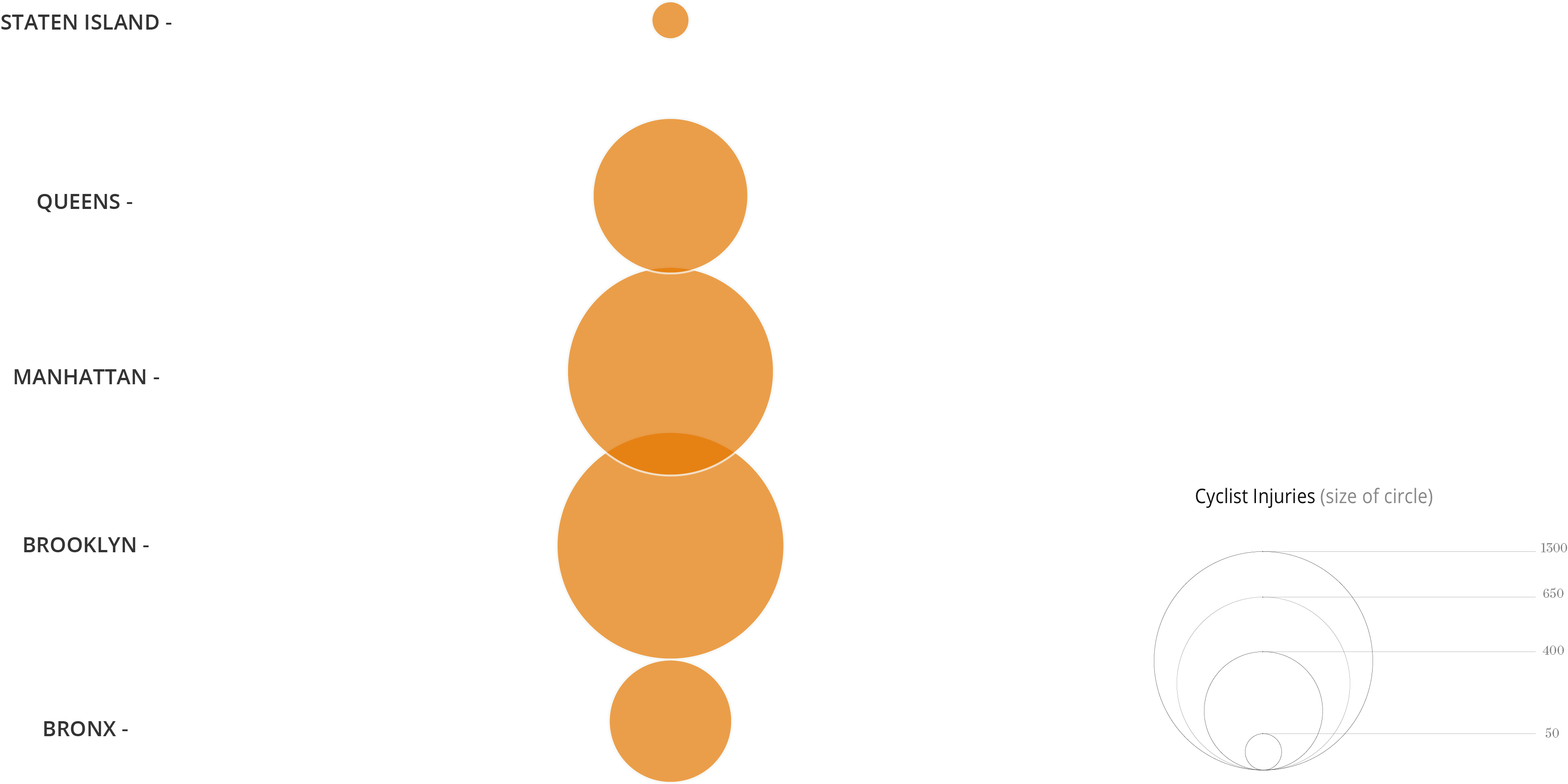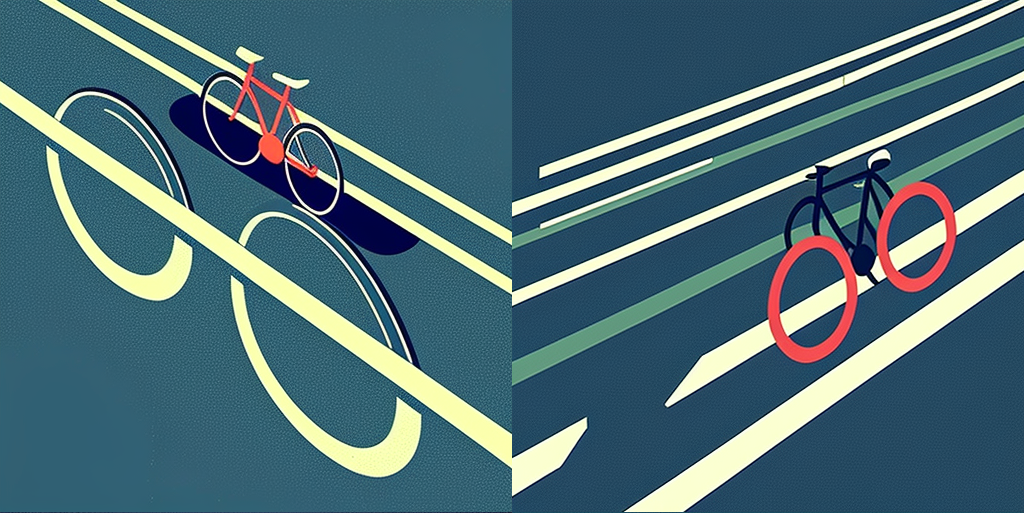

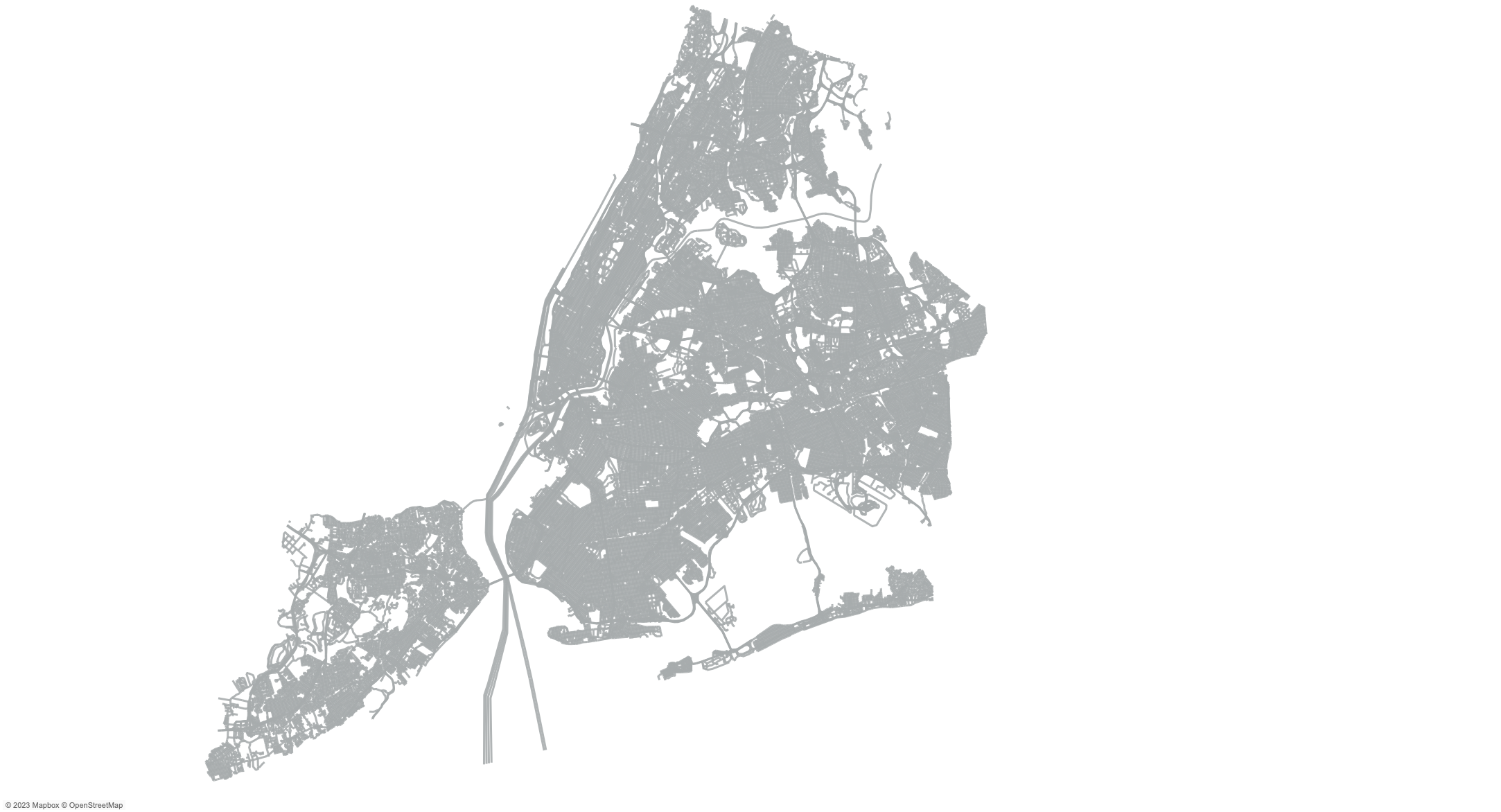
NYC Cycling Injuries in 2022
The Shape of Biking in NYC
The safety of cycling infrastructure can vary significantly across the five boroughs of New York City. While some areas boast well-maintained bike lanes and protected paths, others have few dedicated cycling spaces and higher rates of accidents.
Distribution of Bike Lanes In NYC
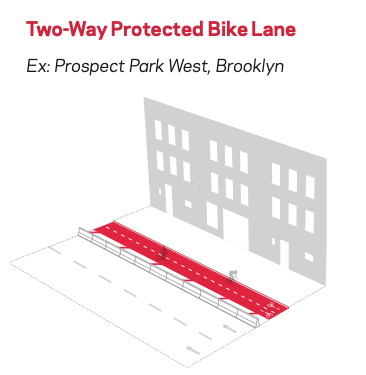
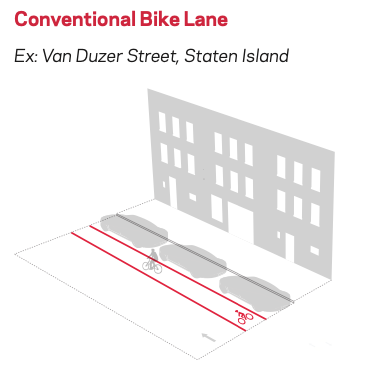
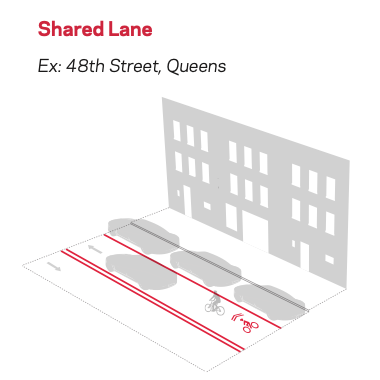
Cycling Has Its Day
The COVID-19 pandemic has led to a significant increase in cycling across the city. With concerns over the safety of enclosed public transportation, many residents have turned to cycling as a means of commuting.
Means of Transportation to Work for NYC Workers 16+
(2021 American Community Survey)
This shift has not only impacted commuting patterns, but also highlighted the need for further investment in cycling infrastructure to support this growing trend.
Despite the surge in demand, investment in biking infrastructure has not been distributed equally across the five boroughs. This disparity in investment has resulted in some areas having safer and more convenient biking options than others, which can discourage cycling as a mode of transportation and put certain communities at a greater risk of accidents.
To gain insights into the cycling experience in the city, I will be analyzing data from Citibike, New York City's bike-sharing program. Citibike has been a popular transportation option for New Yorkers and visitors alike, providing a convenient and affordable way to navigate the city. With millions of trips taken every year, Citibike data provides a wealth of information on cycling patterns, usage, and rider demographics.
CitiBike Ridership Patterns in 2022

Understanding the factors that impact biking safety in New York City is crucial for improving the biking experience for all residents.
The presence of bike lanes and other cycling infrastructure is a key factor in determining how safe and accessible biking is in different neighborhoods throughout the city. However, there are many other factors that come into play as well, such as traffic patterns, road design, and the behavior of drivers, pedestrians, and cyclists.
Interestingly, our analysis found that neighborhoods with a higher percentage of white residents and higher median household incomes tended to have more protected and safe streets for bikers. This disparity in biking safety highlights the ongoing issue of racial and economic inequality in our city's infrastructure and its impact on the biking experience for residents. Addressing these disparities requires a multi-faceted approach that includes not only investing in biking infrastructure but also addressing systemic issues of inequality in our city. By prioritizing the safety and accessibility of biking for all New Yorkers, we can create a more equitable and sustainable city for generations to come.
